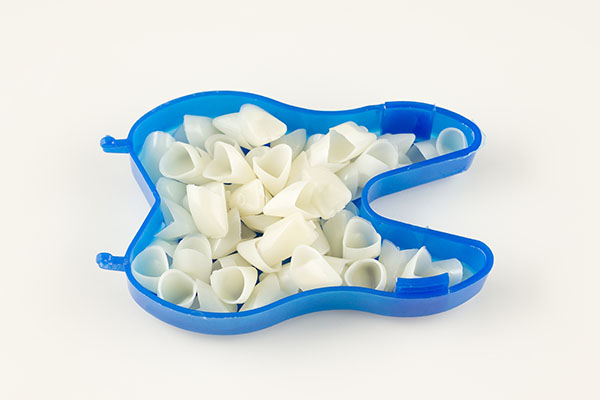 A dental crown is a type of dental restoration that is used to avoid additional damage to a tooth’s surface after it breaks, chips, or fractures. Dental crowns are caps that are cemented over broken teeth to preserve their function, form, and appearance. The materials for the dental crown can be metals, ceramics, porcelain, or composite resin.
A dental crown is a type of dental restoration that is used to avoid additional damage to a tooth’s surface after it breaks, chips, or fractures. Dental crowns are caps that are cemented over broken teeth to preserve their function, form, and appearance. The materials for the dental crown can be metals, ceramics, porcelain, or composite resin.
Dental crown materials
The following are some of the available crown materials:
Ceramic
Front teeth are typically restored with ceramic dental crowns because they are customizable to match their natural color. They are made from a block of a porcelain-based material. Ceramic might not be the right choice for patients who tend to grind their teeth at night because it is prone to cracking when subjected to intense pressure. Although resistant to wear, a ceramic crown may irritate adjacent teeth in case the surfaces get rough.
Porcelain fused to metal
These dental crowns have better protection than all-porcelain crowns since they are fixed to a metal base. This further strengthens the crown’s attachment to the tooth, making it more resilient. The porcelain covering makes the crown natural-looking. This dental crown has a tight seal to avoid leakage, regardless of the condition of the underlying tooth or the filling materials used. Like full ceramic crowns, porcelain-fused-to-metal crowns do not wear down quickly.
Base metal crowns
Every crown placement process requires that the dentist reduce the size of the tooth for a good fit. With a crown made of base metal alloys, only a minimal amount of tooth structure needs to be removed. The crown’s non-noble metals are highly corrosion-resistant, resulting in a solid crown. This alternative also offers a strong leak-proof seal. It is different from both porcelain options in that it is more wear-resistant and does not abrade the teeth on the opposite side.
Making a choice
Patients will still need to talk with the dentist who will be handling the procedure to know the best crown material for them. This guide is only meant to highlight the simple benefits and drawbacks of the most widely used and recognized crown materials. Relevant clinical issues or anatomical requirements for each patient can have a larger impact on material choices than all of the details discussed here.
When aesthetics or the front teeth are the primary consideration, the dentist will usually recommend a ceramic or porcelain-based crown material. A metal crown offers more strength and is usually used for the molars that handle most of the chewing in the mouth. The dentist will examine the teeth and recommend the best option for each patient.
Conclusion
When you understand what you are in for and the options available, going to the dentist can become less daunting. Knowing the different dental crown materials that the dentist might recommend is a great start if you have a tooth that needs protection. Book an appointment with our dental office to get started.
Request an appointment or call My Saratoga Dentist PLLC at 518-675-3094 for an appointment in our Saratoga Springs office.
Recent Posts
If you've suffered a broken or damaged tooth, you may want to consider a dental crown to restore your damaged smile. It's important, however, to know when your crown is getting worn and when it is time to get it replaced so that you can keep your smile looking its best. Proper maintenance and care…
Many times, dental crowns are used to repair weakened or damaged teeth, especially those impacted by severe decay. However, this type of treatment also has a place in cosmetic dentistry. It can often be used to improve the overall look of a patient's smile.While at first glance they can seem like little more than a…
A tooth with significant damage will need a dental crown or cap. This restoration can restore the form and function of your tooth. Getting a large filling or a root canal will need a cap to protect and strengthen the tooth. If you want to know how a dentist will use a dental crown to…


